Scientists have discovered evidence of a 250-mile wide crater in central Australia they believe was created by a colossal asteroid hundreds of millions of years ago.
The largest impact zone ever discovered is no longer visible on the Earth’s surface, researchers from the Australian National University said in a statement Monday, but could be identified by evidence buried deep in the earth’s crust.
The scientists had been drilling for another geothermal research project when, by chance, they came across rock layers that had been turned to glass, which usually signifies a high-energy impact. Their findings, published recently in the journal Tectonophysics, contributes to the understanding of the Earth in prehistoric times.
“Large impacts like these may have had a far more significant role in Earth’s evolution than previously thought,” said lead researcher Andrew Glikson. Still, the exact details of when the impact occurred remain unclear. While the rocks surrounding the impact zone are around 300 million years old, scientists said they have not yet found a similar layer in other sediments the same age.
“It’s a mystery — we can’t find an extinction event that matches these collisions,” Glikson said. “I have a suspicion the impact could be older than 300 million years.”
PHOTOS: This Astronaut's Images of Earth Look Like Beautiful Abstract Paintings
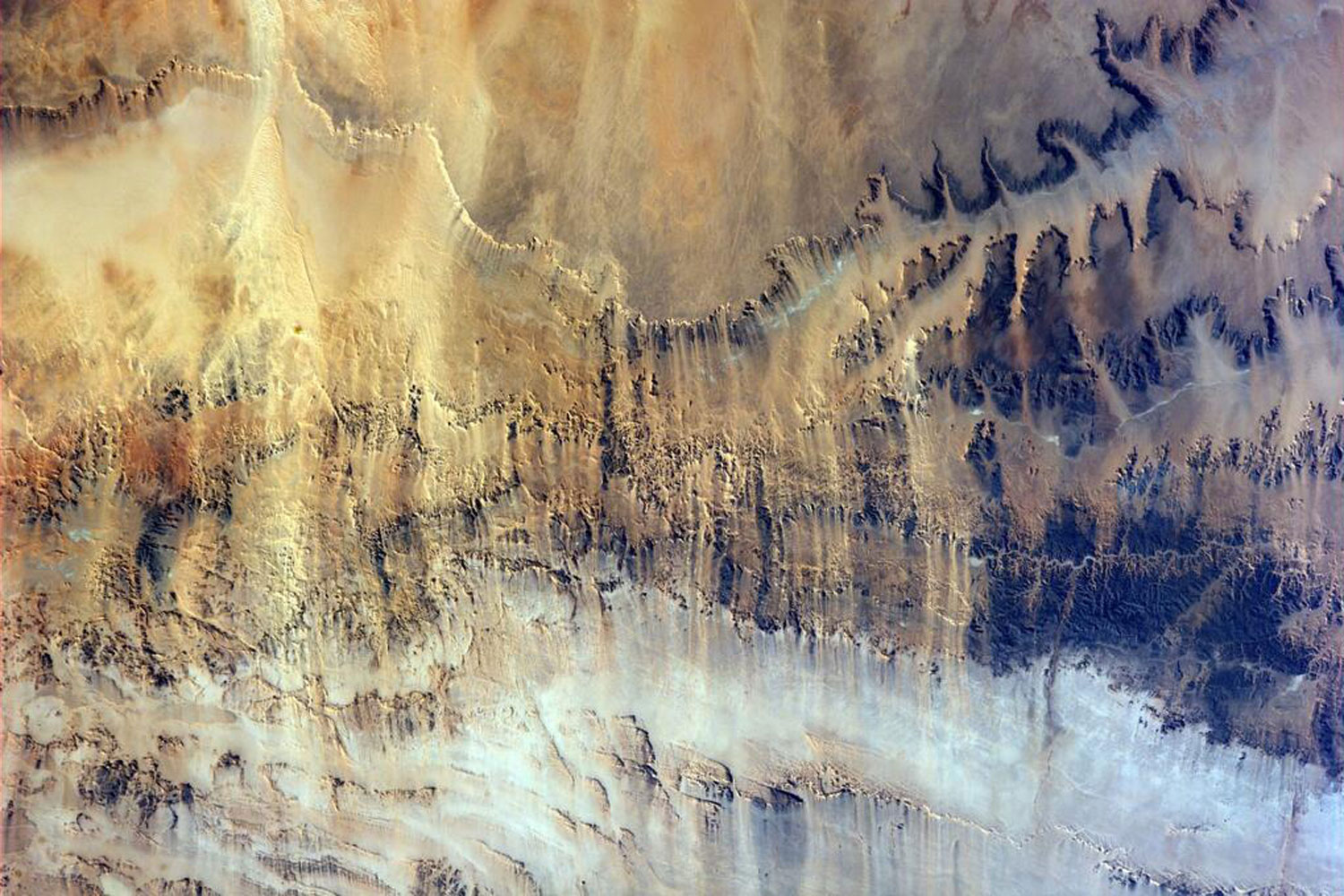
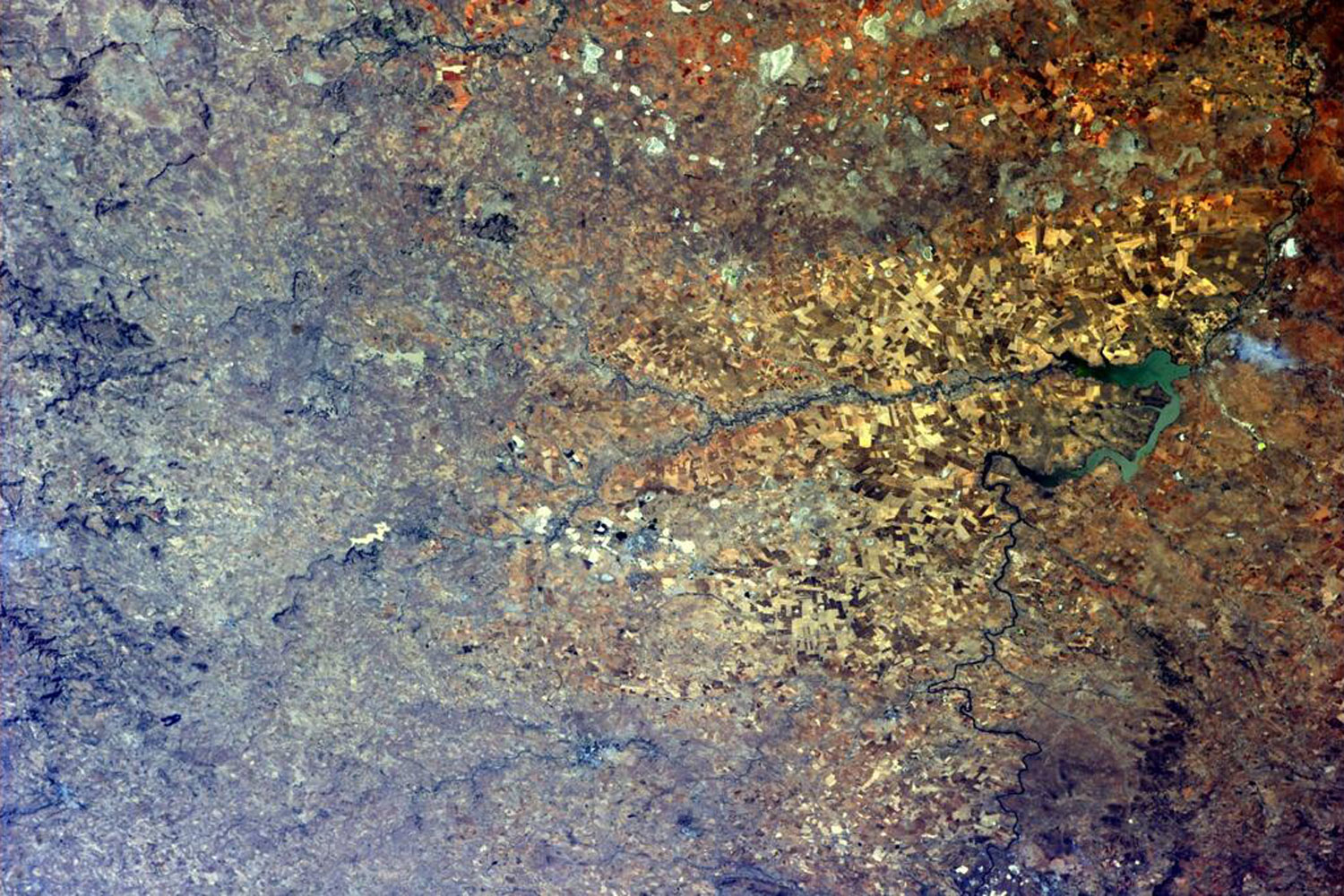
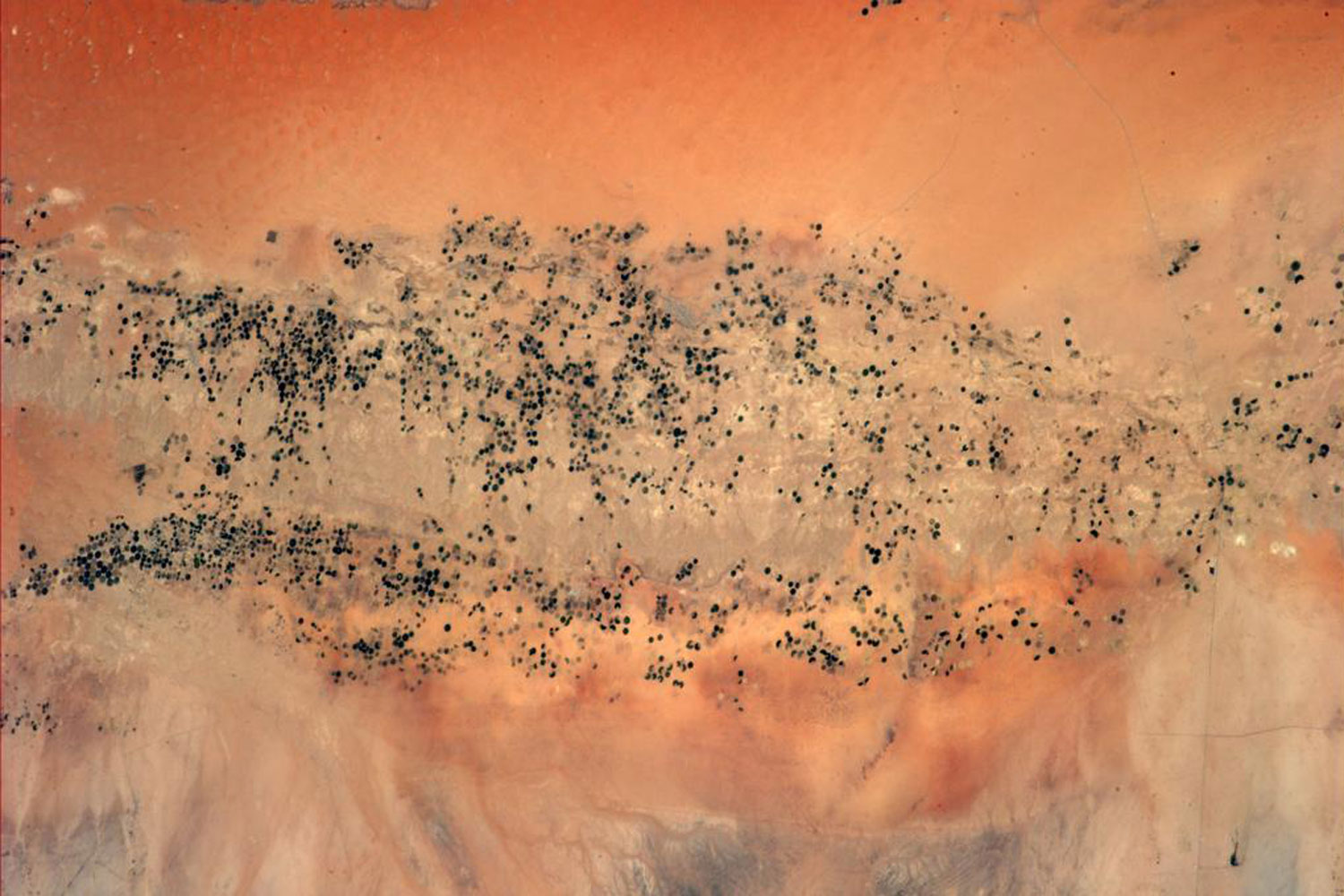
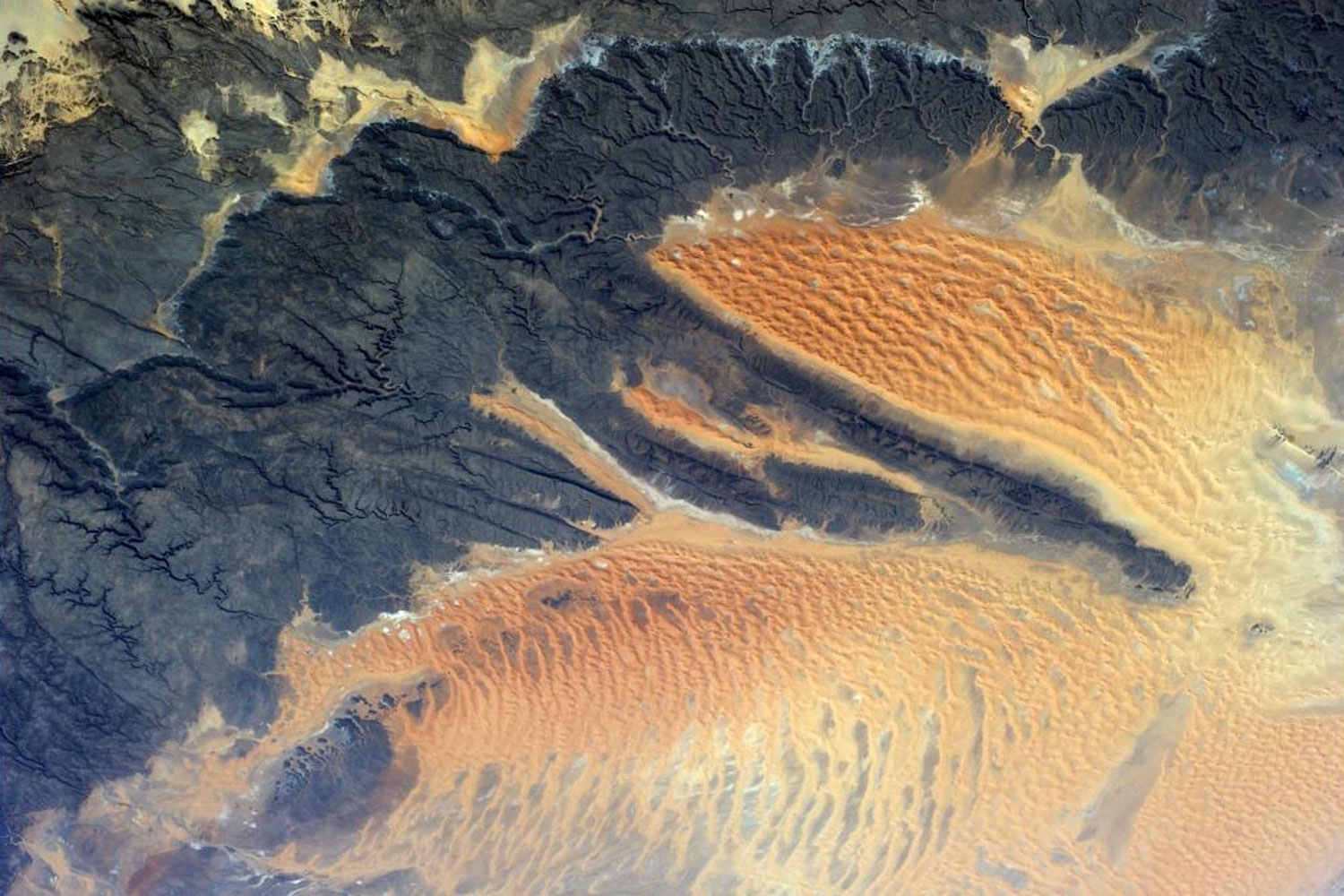
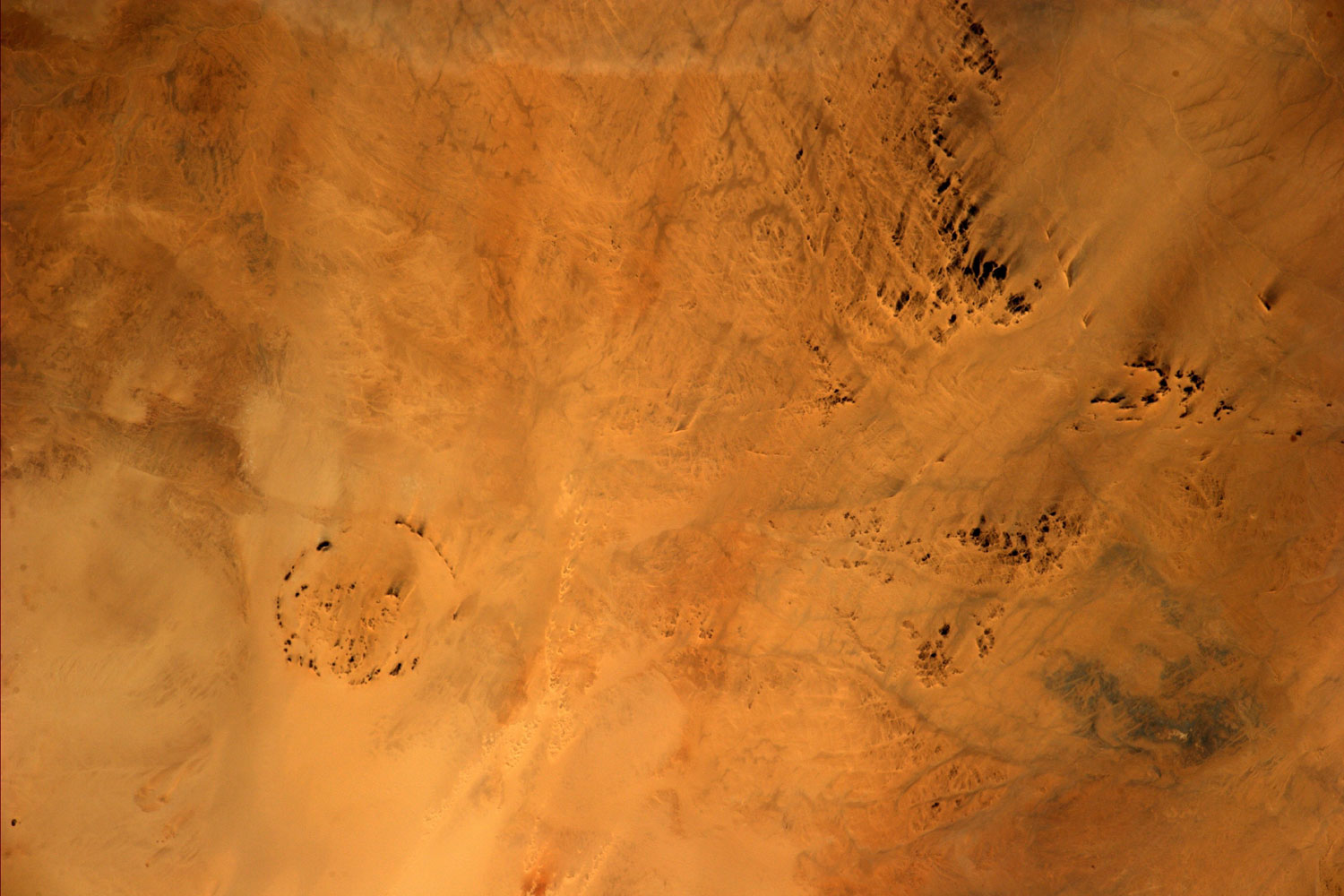
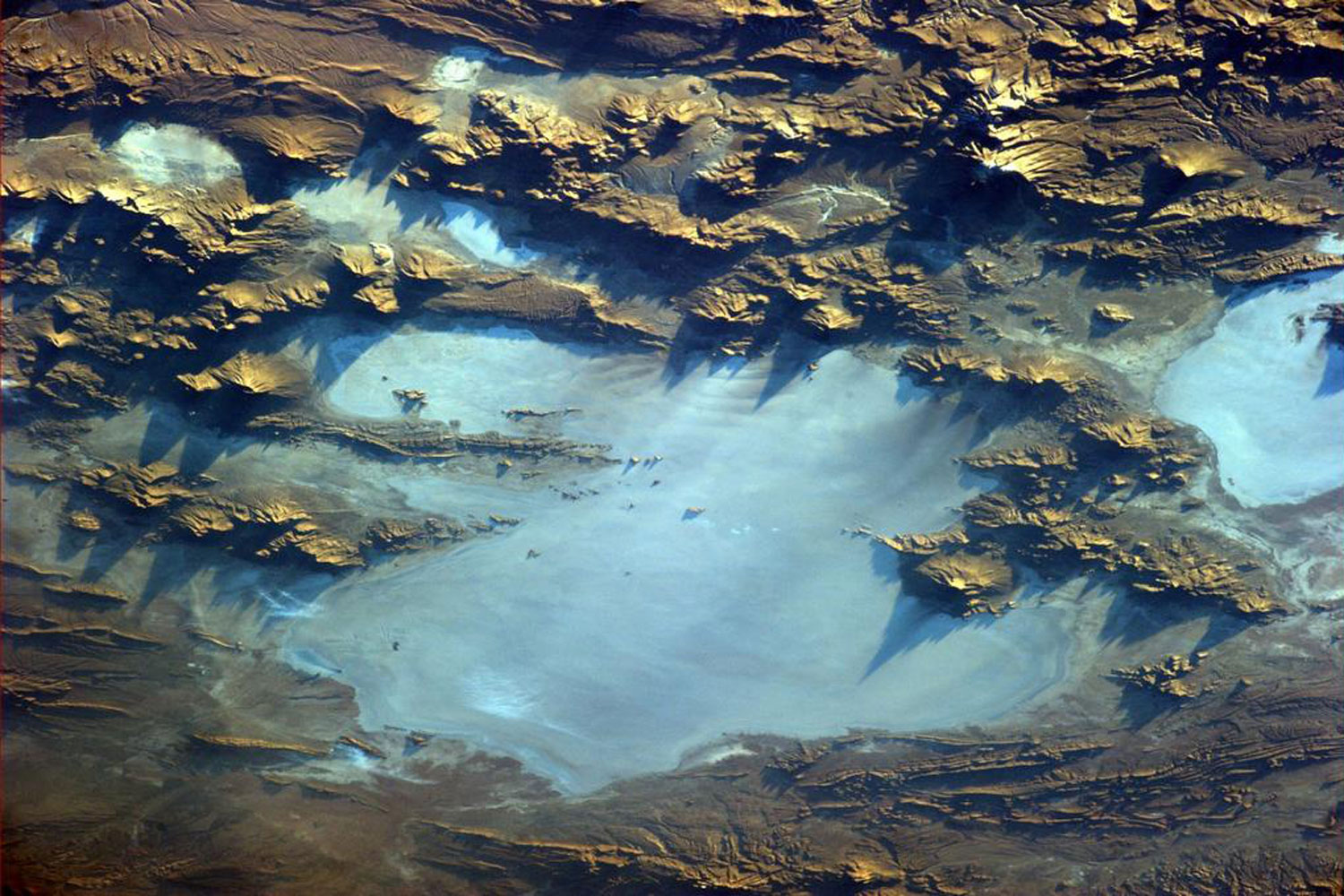
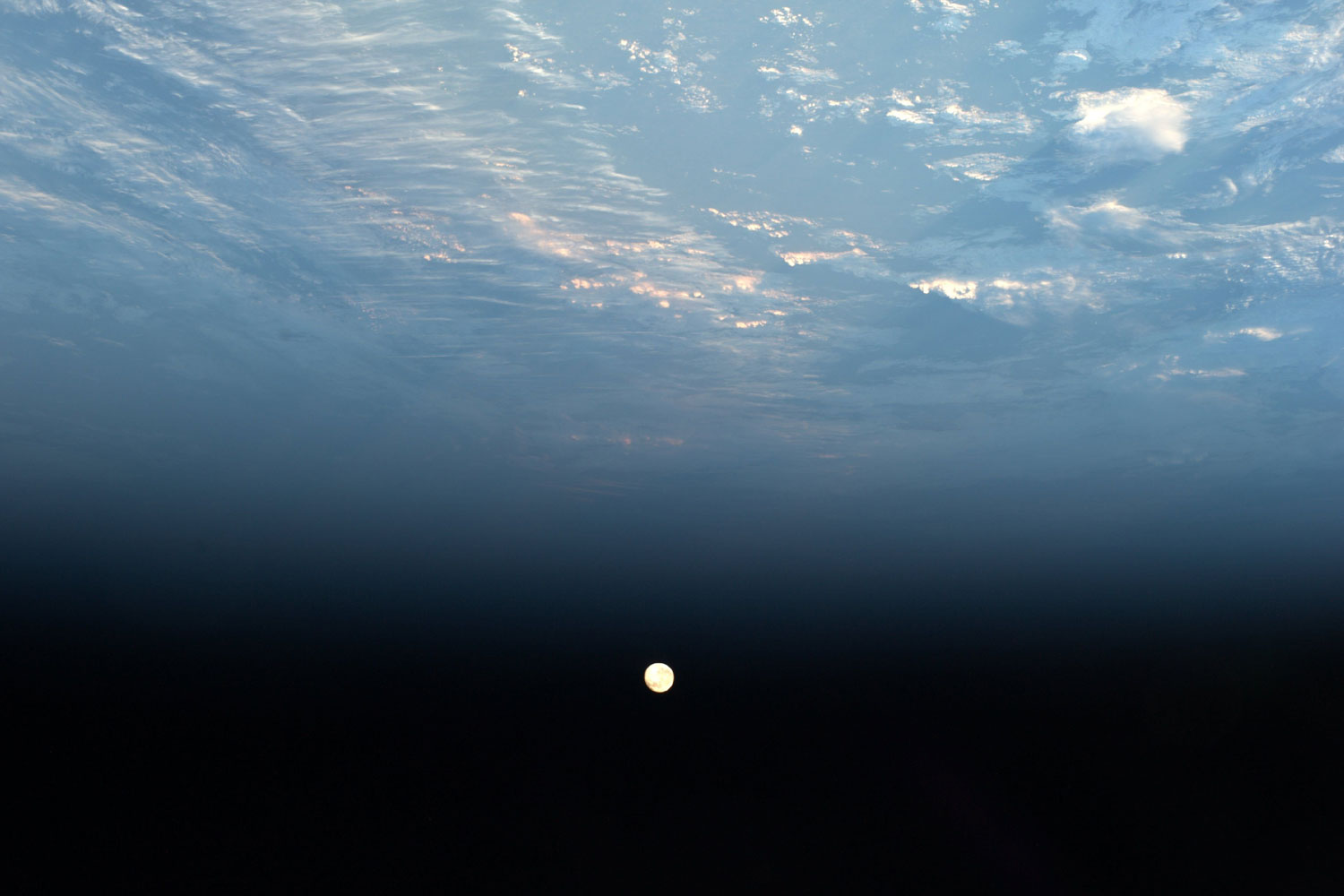
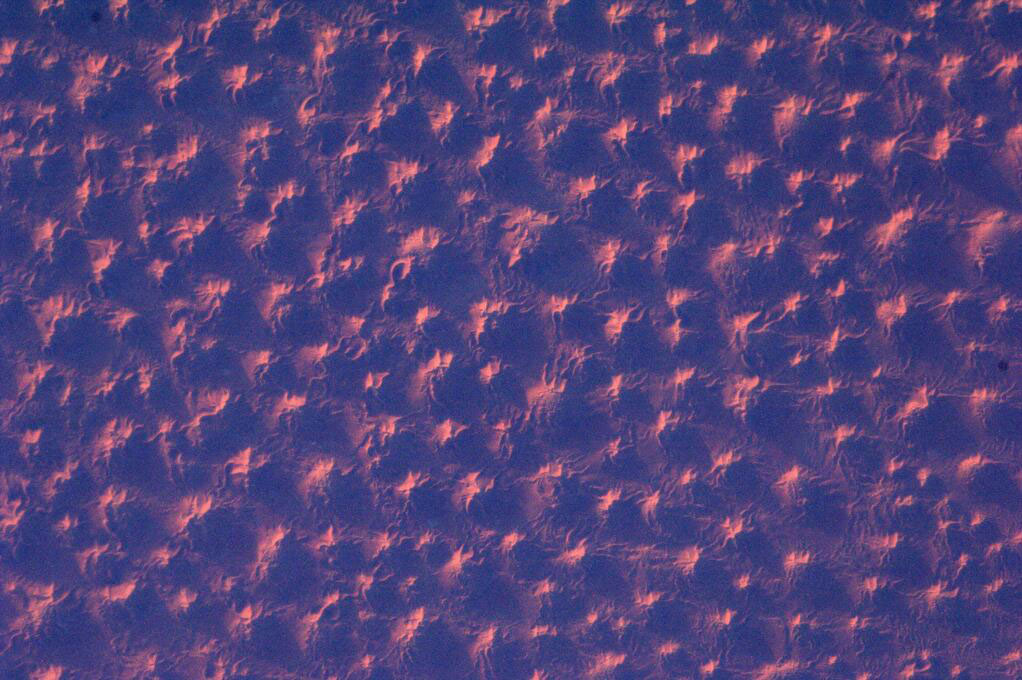
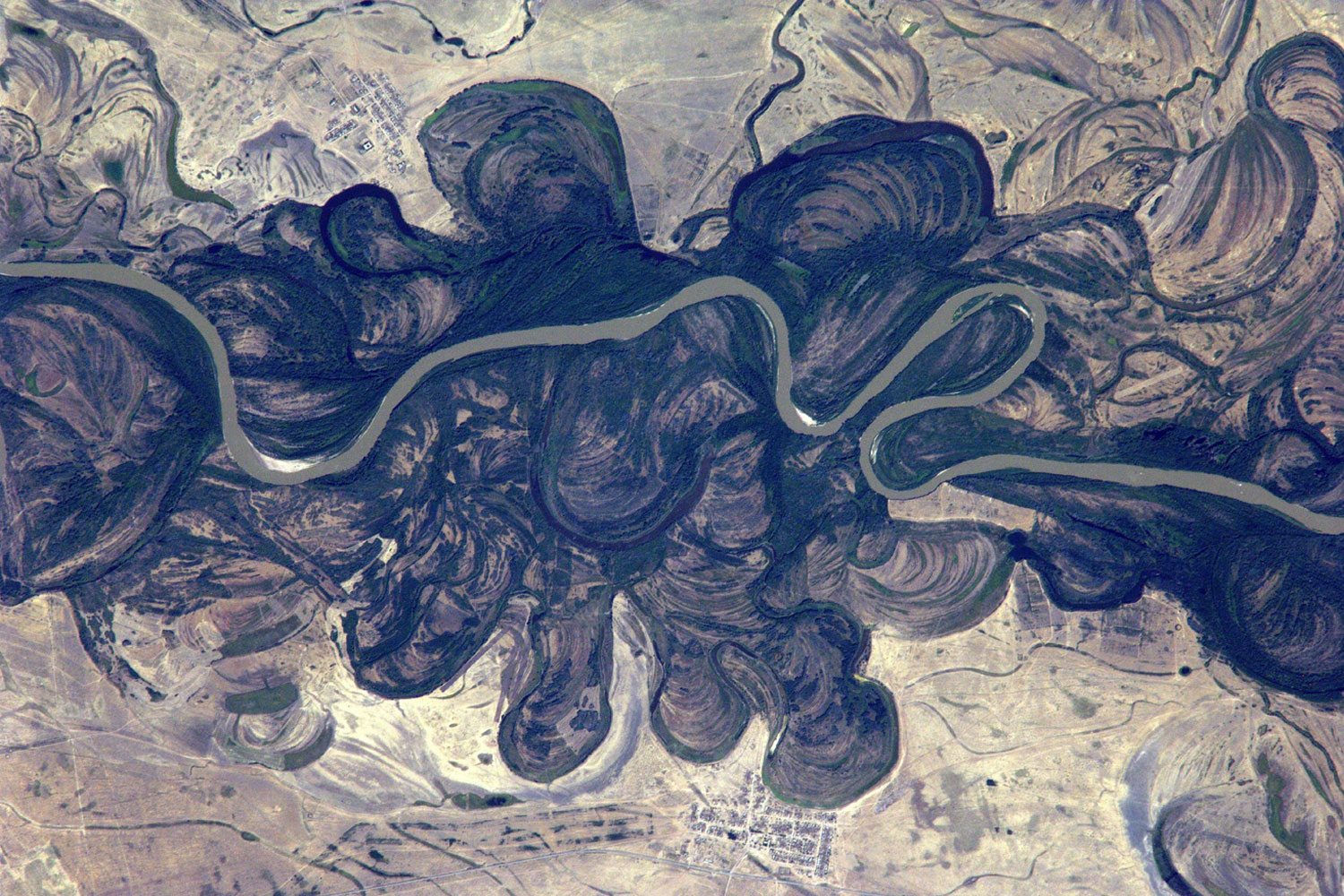
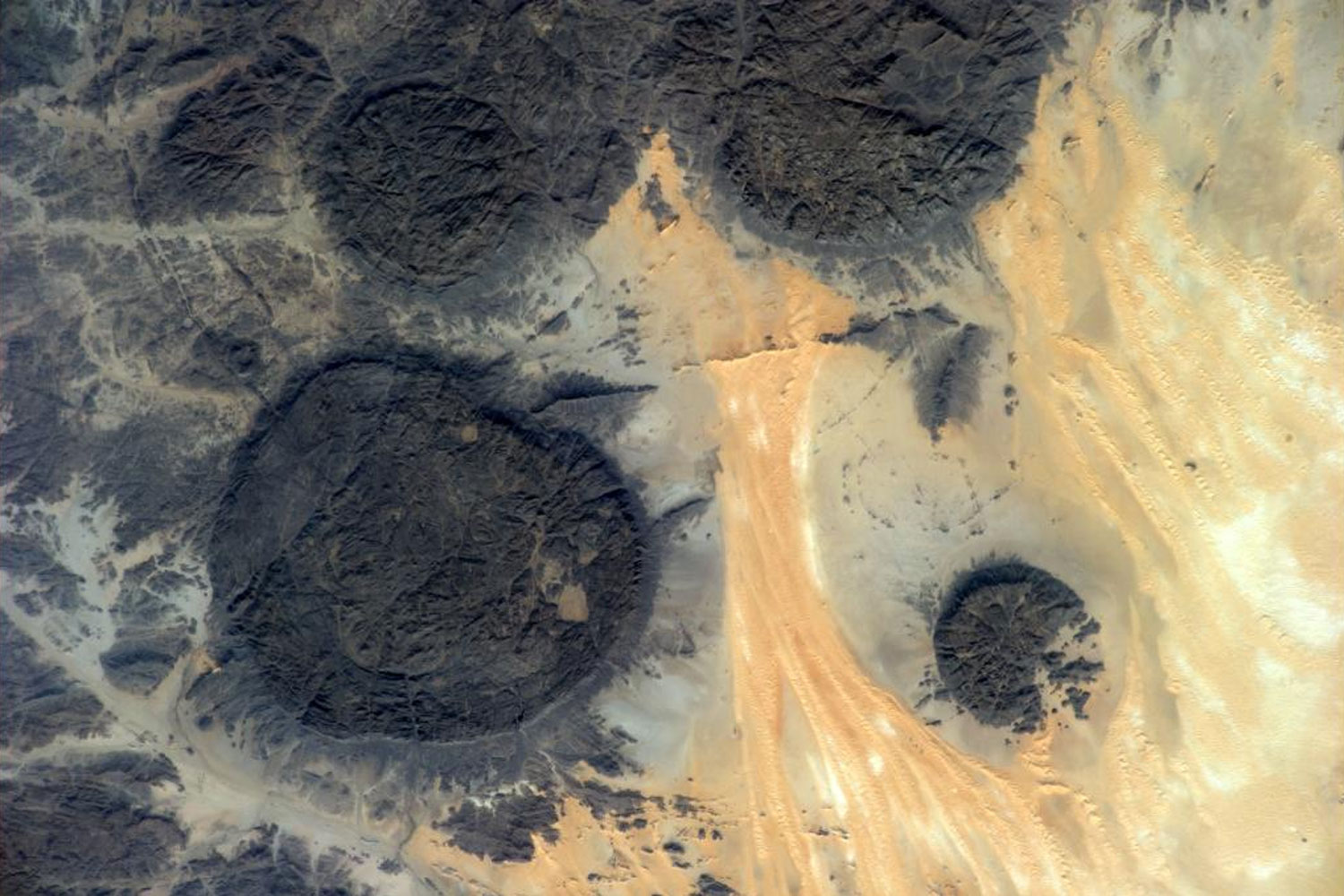
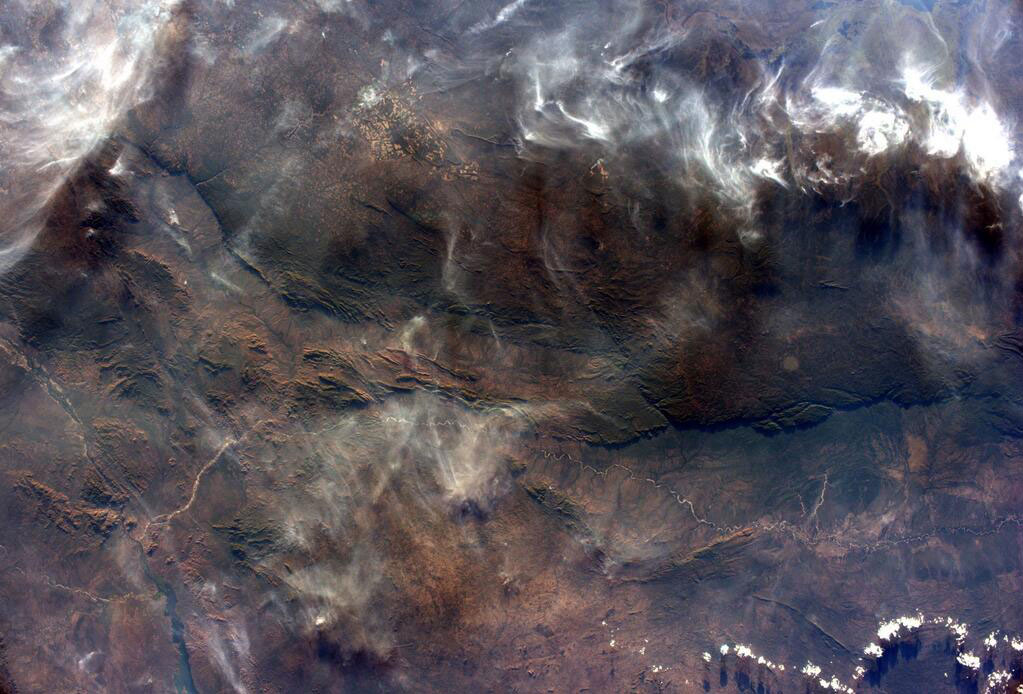
More Must-Reads From TIME
- The 100 Most Influential People of 2024
- Coco Gauff Is Playing for Herself Now
- Scenes From Pro-Palestinian Encampments Across U.S. Universities
- 6 Compliments That Land Every Time
- If You're Dating Right Now , You're Brave: Column
- The AI That Could Heal a Divided Internet
- Fallout Is a Brilliant Model for the Future of Video Game Adaptations
- Want Weekly Recs on What to Watch, Read, and More? Sign Up for Worth Your Time
Contact us at letters@time.com